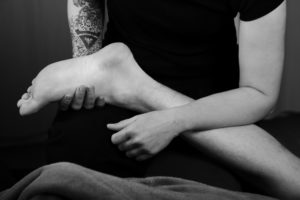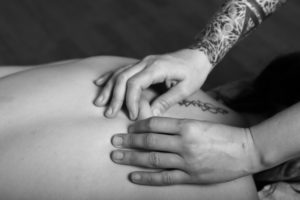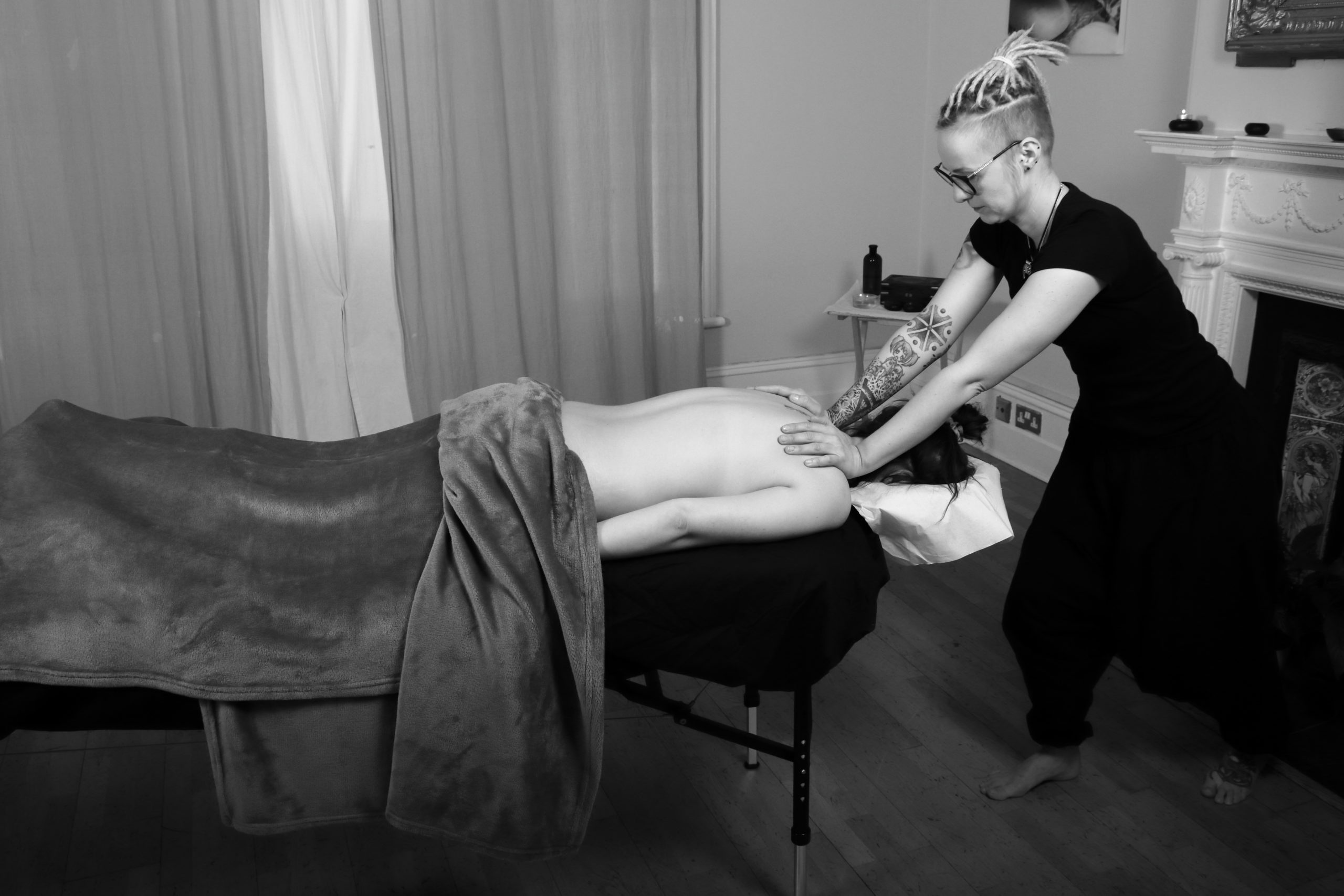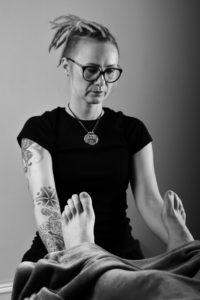MASSAGE
The word comes from the French massage “friction or kneading”, Arabic massa meaning “to touch, feel or handle”, Latin massa meaning “mass, dough” or Greek verb μάσσω (massō) “to handle, touch, to work with the hands, to knead dough”.
Massage involves working and acting on the body with pressure – structured, unstructured, stationary, or moving – tension, motion, or vibration, done manually or with mechanical aids. Target tissues may include muscles, tendons, ligaments, fascia, skin, joints, or other connective tissue, as well as lymphatic vessels or organs of the gastrointestinal system. Massage can be applied with the hand, fingers, elbows, knees, forearms or feet.
SOME HISTORY
Archaeological evidence of massage has been found in many ancient civilizations including China, India, Japan, Korea, Egypt, Rome, Greece and Mesopotamia.
The Tomb of Akmanthor (also known as “The Tomb of the Physician”) from 2330 BC in Saggara, Egypt depicted two men having work done on their feet and hands, presumably massage.

In 722 BC the Chinese Huangdi Neijing was composed. It was a compendium of medical knowledge and is the foundation of Traditional Chinese Medicine. Massage is referred to in 30 different chapters. It specifies the use of different massage techniques and how they should be used in the treatment of specific ailments and injuries.
In 500 BC Jīvaka Komarabhācca, the founder of Traditional Thai massage and Thai medicine codified a healing system that combines acupressure, reflexology and assisted yoga postures. Jivaka is known today as “Father Doctor” in Thailand.
In 460 BC Hippocrates wrote that “The physician must be experienced in many things, but assuredly in rubbing”.
In 300 BC Charaka Samhita believed to be the oldest of the three ancient treatises of Ayurvedic medicine, was written. Sanscrit records indicate that massage had been practised in India long before the beginning of recorded history.
MIDDLE AGES
Avicenna, one of the greatest Persian medics, philosopher and logician, wrote one of his books, al-Quanun fi at-tibb (The Canon of Medicine). It has been called the most famous book in the history of medicine in both East and West. Avicenna took special note of analgesics and their use as well as other methods of relieving pain, including massage.
MORE RECENT YEARS
In 1776 Jean Joseph Marie Amiot and Pierre-Martial Cibot, French missionaries in China translated summaries of Huangdi Neijing, including a list of medical plants, exercises and elaborate massage techniques, into the French language, thereby introducing Europe to the highly developed Chinese system of medicine, medical gymnastics, and medical massage.
Ling developed what he called the “Swedish Movement Cure” with the help of a friend named Ming who was an expert in the martial arts and Kung-Fu based Tui Na massage.
MASSAGE TODAY
There are so many forms and styles of massage today that it is almost impossible to mention them all.

In China, where massage has developed continuously for over 5000 years massage is widely practised and taught in hospital and medical schools and is an essential part of health maintenance and primary healthcare.
In United States massage started to become popular in the middle part of the 19th century and was introduced by two New York’s physicians based on Per Henrik Ling’s techniques developed in Sweden.
In the 1970s massage’s influence grew among athletes. Until the 1970s, nurses used massage to reduce pain and aid sleep.
Sports massage as a formal practice, began in the Soviet Union and Communist block countries in the 1960s. Soviet teams were the first to have a massage therapist travel with them and work on their athletes on a
regular and ongoing basis.
The 1984 Summer Olympics in Los Angeles was the first time that massage therapy was televised as it was being performed on the athletes. And then, during the 1996 Summer Olympics in Atlanta massage therapy was finally offered as a core medical service to the US Olympic Team.
This article uses material from the Wikipedia article


